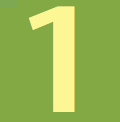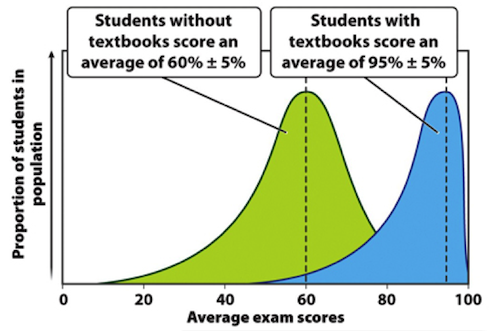
Show What You Know - Self Quiz
1·15–1·18 Scientific thinking can help us...; 1·19 On the road...
Chapter 1. 1·15–1·18 Scientific thinking can help us...; 1·19 On the road...
Show What You Know
Show What You Know - Self Quiz
true
true
You must read each slide, and complete any questions on the slide, in sequence.

Instructions
Check your understanding of concepts from 1·15–1·18 Scientific thinking can help us make wise decisions, and 1·19 On the road to biological literacy: what are the major themes in biology? by answering the following questions.
1.
1. ________________ makes scientific-sounding claims that are not supported by trustworthy, methodical scientific studies.
| A. |
| B. |
| C. |
| D. |
| E. |
Correct! (See section 1·17 Pseudoscience and misleading anecdotal evidence can obscure the truth.)
Incorrect. (See section 1·17 Pseudoscience and misleading anecdotal evidence can obscure the truth.)
2.
2. What is meant by the phrase “hierarchical organization of life”?
| A. |
| B. |
| C. |
| D. |
| E. |
Correct! (See section 1·19 Important unifying themes tie together the diverse topics in biology.)
Incorrect. (See section 1·19 Important unifying themes tie together the diverse topics in biology.)
3.

3. From the graph shown here, the STRONGEST statement we can reasonably make is:
| A. |
| B. |
| C. |
| D. |
| E. |
Correct! (See section 1·16 Statistics can help us in making decisions.)
Incorrect. (See section 1·16 Statistics can help us in making decisions.)
4.
4. Science as a way of seeking principles of order differs from art, religion, and philosophy in that:
| A. |
| B. |
| C. |
| D. |
| E. |
Correct. (See section 1·18 There are limits to what science can do.)
Incorrect. (See section 1·18 There are limits to what science can do.)
5.
5. Statistics are used by scientists mainly to determine:
| A. |
| B. |
| C. |
| D. |
| E. |
Correct! (See section 1·16 Statistics can help us in making decisions.)
Incorrect. (See section 1·16 Statistics can help us in making decisions.)
Activity results are being submitted...